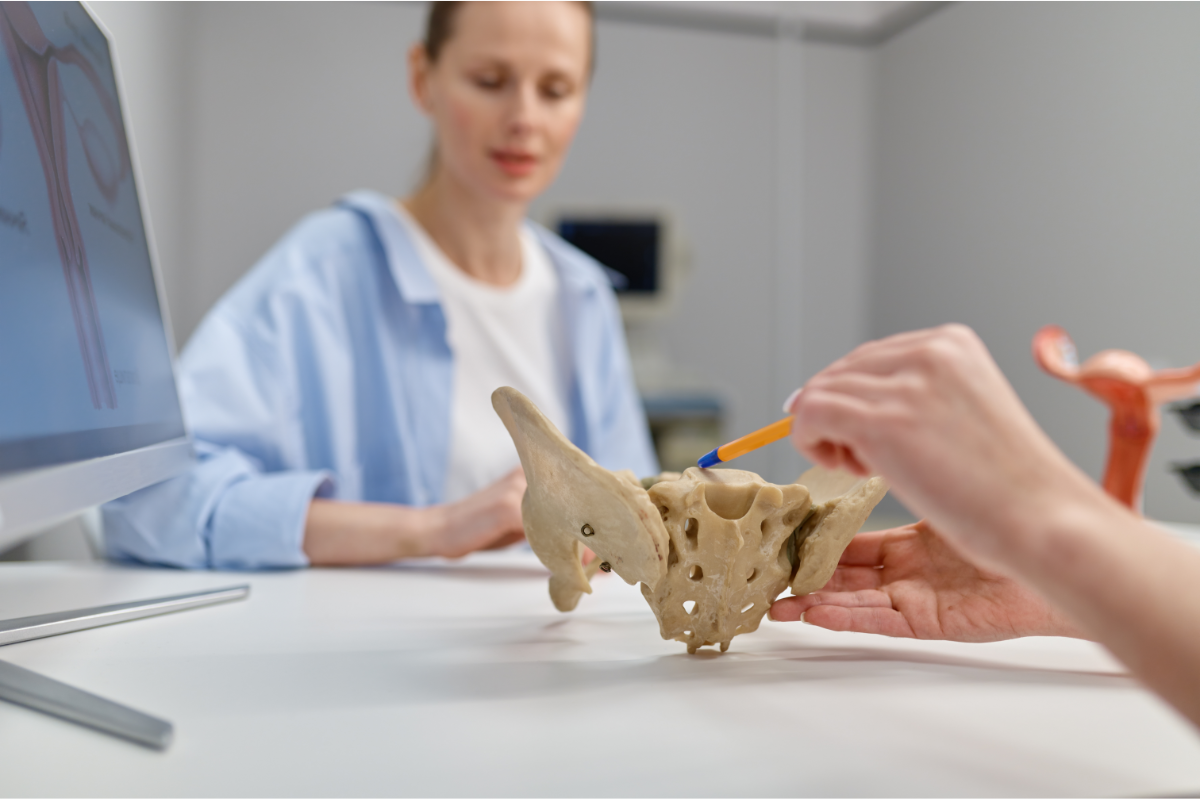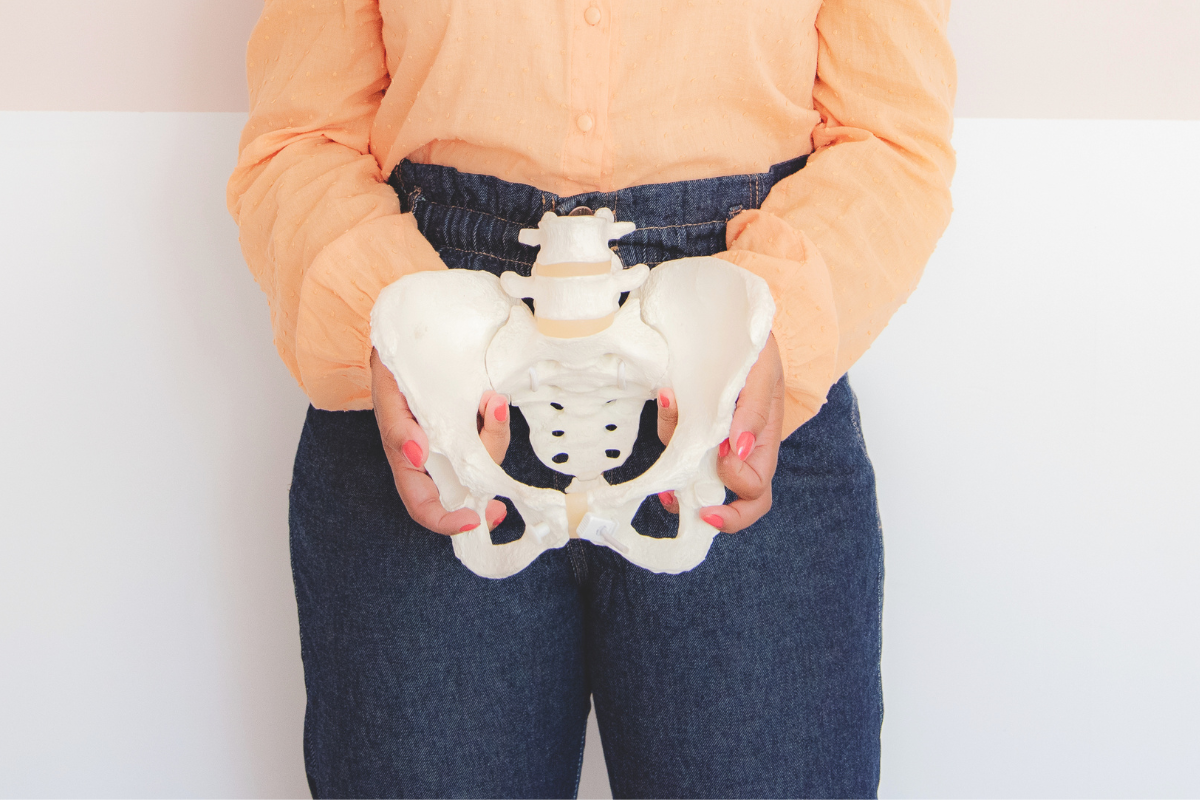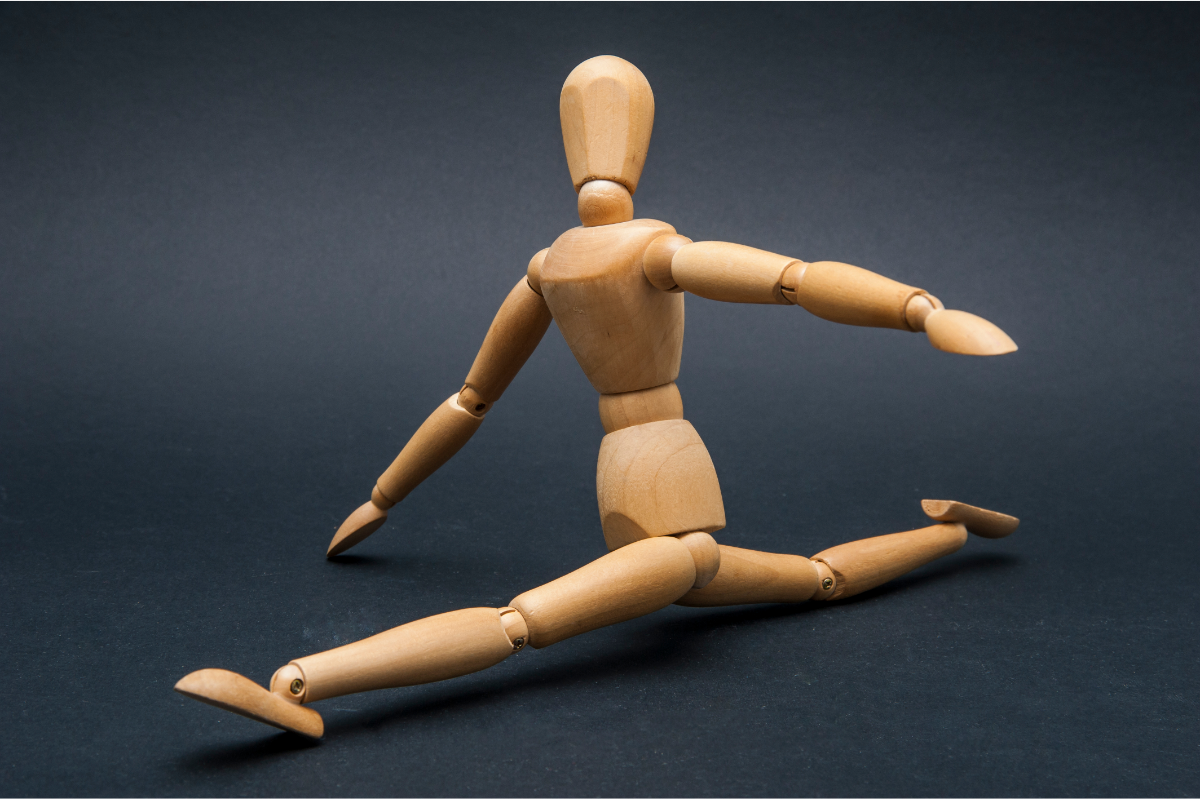The Importance of the Pelvic Floor in General Health
The pelvic floor is a group of muscles, ligaments, and tissues that form a supportive network at the base of the pelvis. These structures play a crucial role in various bodily functions, including bladder and bowel control, sexual function, and even core stability. Despite their importance, many people remain unaware of the pelvic floor’s existence and its significant impact on overall health.
Understanding what the pelvic floor is and how it functions is the first step toward recognizing its importance. The pelvic floor consists of a series of interconnected muscles that support the pelvic organs, including the bladder, uterus (in women), and rectum. These muscles not only provide physical support but also contribute to the proper functioning of these organs, ensuring that they operate effectively and without issues.
Maintaining pelvic floor health is essential for everyone, regardless of age or gender. Weakness or dysfunction in these muscles can lead to a range of health problems, including urinary incontinence, pelvic organ prolapse, and sexual dysfunction. These issues can significantly impact quality of life, leading to physical discomfort, emotional distress, and decreased self-esteem. Moreover, a healthy pelvic floor is vital during pregnancy and childbirth, as it can affect delivery outcomes and recovery post-partum.
Incorporating exercises and lifestyle changes aimed at strengthening and maintaining pelvic floor health can have a profound impact on overall well-being. Awareness and education about pelvic health can empower individuals to take proactive steps toward preventing complications and enhancing their quality of life. As we delve deeper into the significance of the pelvic floor in general health, we’ll explore its anatomy, common issues, and effective strategies for maintaining its strength and function.
Anatomy and Function of the Pelvic Floor
The pelvic floor is composed of several layers of muscles and connective tissue that span the bottom of the pelvis. These muscles include the levator ani, coccygeus, and others that work together to provide support to the pelvic organs. This support is essential for maintaining the position of the bladder, uterus (in women), and rectum, preventing them from descending into the vaginal canal or rectum. Additionally, the pelvic floor plays a vital role in controlling the openings for urination and defecation, facilitating voluntary muscle contractions to maintain continence.
The pelvic floor is also interconnected with the abdominal and diaphragm muscles, contributing to core stability and overall body mechanics. When functioning optimally, the pelvic floor muscles contract and relax effectively, aiding in processes like childbirth and sexual activity. However, various factors can compromise their function, highlighting the importance of awareness and proactive care.
Common Problems Related to the Pelvic Floor
Pelvic floor dysfunction can manifest in various ways, leading to several common health issues:
Urinary Incontinence
Urinary incontinence is a prevalent condition that affects individuals of all ages, particularly women. It refers to the involuntary loss of urine, which can occur during activities such as sneezing, coughing, laughing, or exercising. This condition often arises due to weakened pelvic floor muscles, pregnancy, childbirth, or hormonal changes during menopause.
Pelvic Organ Prolapse
Pelvic organ prolapse occurs when pelvic organs, such as the bladder or uterus, descend due to weakened pelvic floor muscles and connective tissues. This can cause a feeling of heaviness or pressure in the pelvic area and may lead to urinary and bowel problems. Women who have experienced childbirth, especially multiple births, are at a higher risk for this condition.
Sexual Dysfunction
Pelvic floor dysfunction can also affect sexual health, leading to issues such as pain during intercourse, reduced sexual arousal, or difficulty achieving orgasm. These problems may stem from muscle tension, lack of strength, or psychological factors related to pelvic health issues.
Benefits of a Healthy Pelvic Floor
Maintaining a strong and functional pelvic floor offers numerous benefits for overall health and well-being:
Improved Sexual Function
A healthy pelvic floor enhances sexual pleasure and satisfaction. Strong pelvic floor muscles can lead to improved sensation, stronger orgasms, and increased arousal. Additionally, addressing pelvic floor issues can alleviate pain during intercourse, promoting a more fulfilling sexual experience.
Increased Bladder Control
Strengthening the pelvic floor can significantly improve bladder control and reduce episodes of incontinence. Regular pelvic floor exercises can help reinforce the muscles responsible for urinary control, leading to greater confidence and comfort in daily activities.
Support During Pregnancy and Childbirth
A strong pelvic floor is particularly important for women during pregnancy and childbirth. These muscles support the growing uterus and can facilitate a smoother delivery. After childbirth, a strong pelvic floor aids in recovery and can help prevent postpartum issues, such as incontinence and prolapse.
Exercises for Strengthening the Pelvic Floor
Kegel Exercises: How and Why to Do Them
Kegel exercises are among the most well-known methods for strengthening the pelvic floor. To perform Kegels, individuals should identify their pelvic floor muscles (as if trying to stop urination). Once identified, the exercise involves contracting these muscles for a few seconds and then relaxing them. This can be repeated multiple times throughout the day. Consistency is key; practicing Kegels regularly can lead to noticeable improvements in pelvic floor strength and function.
Other Exercise Techniques
In addition to Kegels, other techniques can enhance pelvic floor health. These may include yoga, Pilates, and specific resistance exercises that engage the core and pelvic muscles. It’s essential to focus on overall body alignment and breathing, as these factors contribute to pelvic floor function.
Care and Prevention of Pelvic Floor Issues
Healthy Lifestyle Habits
Maintaining a healthy lifestyle is crucial for pelvic floor health. This includes regular physical activity, a balanced diet rich in fiber to prevent constipation, and adequate hydration. Weight management is also essential, as excess weight can increase pressure on the pelvic floor.
Importance of Consulting a Healthcare Professional
If individuals experience symptoms related to pelvic floor dysfunction, consulting a healthcare professional is vital. A specialized physical therapist can provide personalized assessments and tailored exercises to address specific concerns. Additionally, healthcare providers can offer guidance on managing symptoms and preventing further complications.
The Role of the Pelvic Floor in Mental Health and Well-Being
The health of the pelvic floor is not only physical but also closely tied to mental health. Issues such as incontinence or pelvic pain can lead to anxiety, depression, and decreased self-esteem. Addressing pelvic floor health through education, exercise, and professional support can significantly enhance overall well-being, leading to a more fulfilling and confident life. By recognizing the importance of the pelvic floor and taking proactive steps, individuals can enjoy the numerous benefits of a healthy pelvic foundation.
In summary, the pelvic floor is a vital component of overall health that often goes unnoticed until problems arise. Understanding its anatomy and functions is essential for recognizing how interconnected it is with various bodily systems, including urinary, reproductive, and digestive functions. A healthy pelvic floor not only supports these physical processes but also enhances quality of life by promoting emotional well-being and self-confidence.
Pelvic floor dysfunction can lead to significant issues such as urinary incontinence, pelvic organ prolapse, and sexual dysfunction. These conditions affect individuals of all ages and genders, yet they are often stigmatized or overlooked, preventing many from seeking help. By raising awareness about the importance of pelvic health, we can encourage individuals to take proactive steps in maintaining and improving their pelvic floor strength.
Engaging in targeted exercises, such as Kegel workouts, adopting healthy lifestyle habits, and seeking guidance from healthcare professionals can empower individuals to take control of their pelvic health. The benefits are manifold—ranging from improved sexual function and bladder control to enhanced support during pregnancy and childbirth.
Moreover, recognizing the profound impact of pelvic floor health on mental well-being cannot be understated. Addressing pelvic health issues can alleviate anxiety and depression associated with bodily dysfunctions, leading to a more fulfilling life. By prioritizing the health of the pelvic floor, we pave the way for a more robust and integrated approach to health care that considers both the physical and psychological aspects of well-being.
Ultimately, the journey toward optimal pelvic health is a personal one that begins with awareness and education. By understanding the importance of the pelvic floor, individuals can make informed choices that contribute to their overall health and happiness.

I’m Hillary Swan, a certified fitness trainer specializing in women’s health and pelvic floor strength. I’m passionate about empowering others to improve their core wellness through targeted exercises. Let’s strengthen our bodies together for a healthier, more confident life.










